BOATsmart! Canada
Knowledge Base
Module 01 - Boating Basics
Engine Types
The type, weight, and horsepower of your engine greatly impact your boat's performance. You should get to know it’s advantages and disadvantages.
Here are the most common boat engine types:
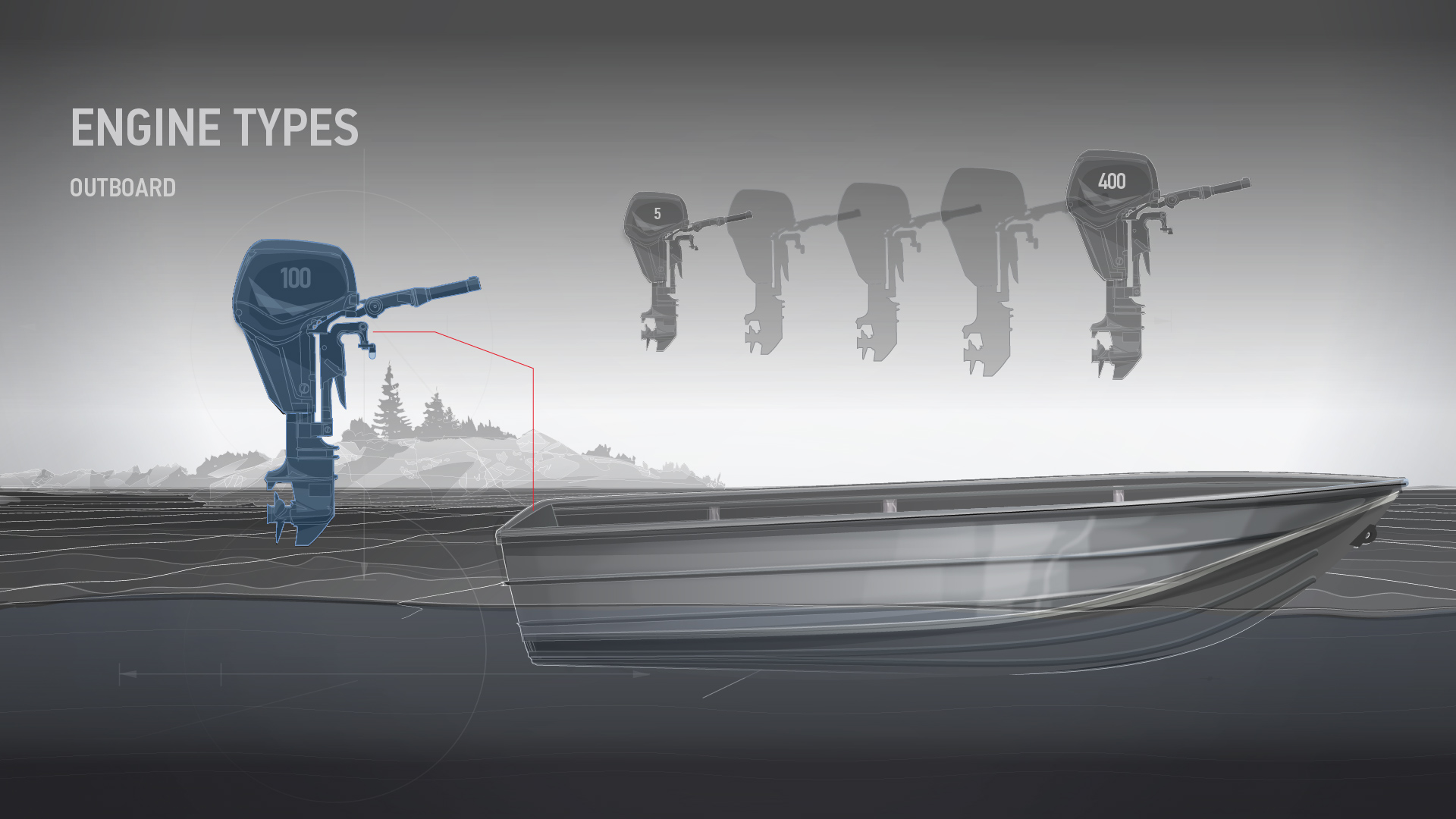
OUTBOARD ENGINE
This engine is attached to the back of the boat, on the transom. The operator can “trim” the engine (move it up or down) manually or electronically, to ensure that it won’t hit bottom in shallow areas. To steer the boat, the operator uses a handle to move the engine and drive assembly to the left or right. It’s important to remember that the boat will move in the opposite direction that the engine is steered (ex. If you turn the outboard engine to the right, the boat will be steered to the left).
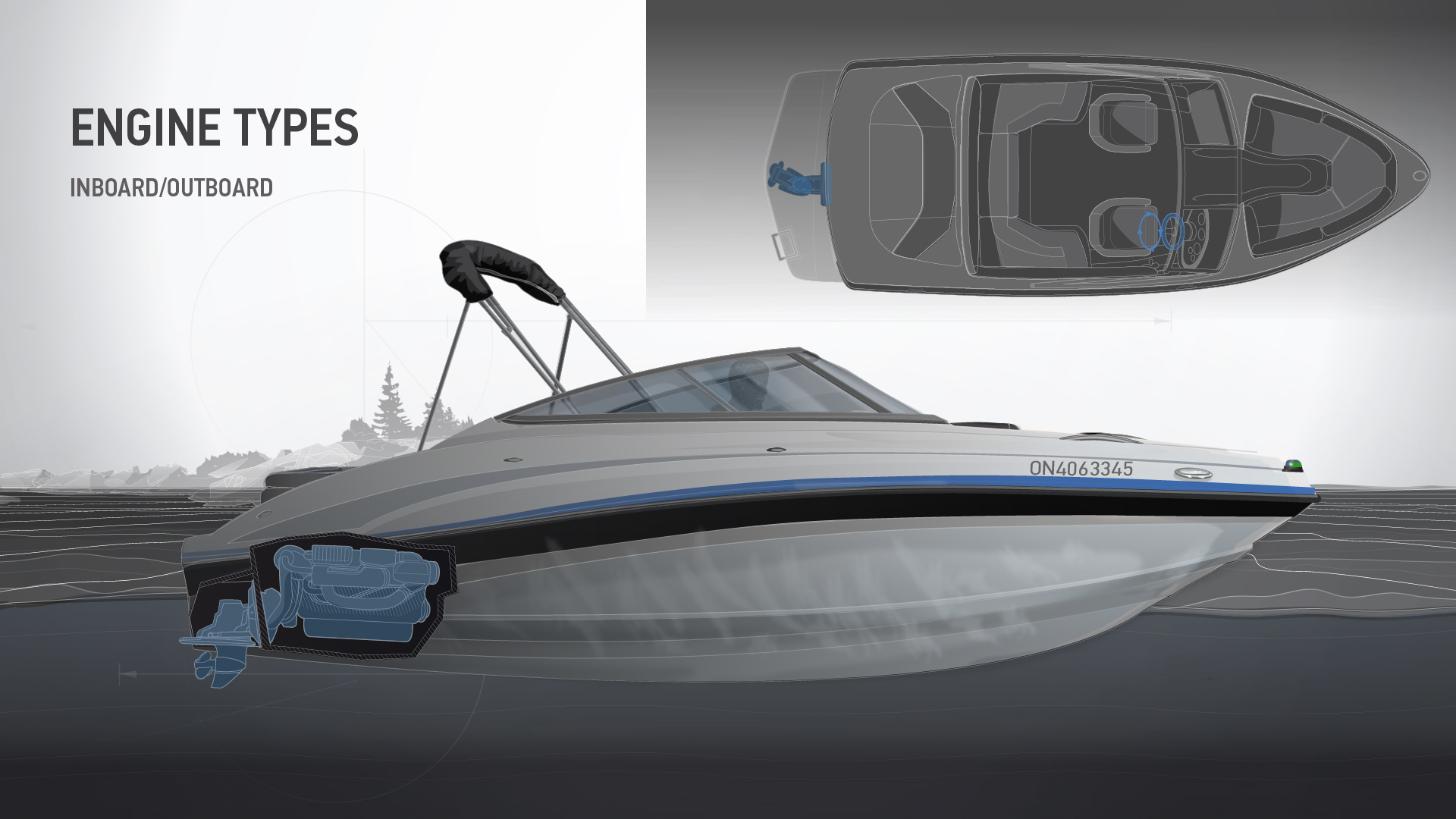
STERN DRIVE OR "INBOARD/OUTBOARD" ENGINE
This engine is mounted inside a boat's hull, while the propeller and drive assembly are attached to the outside the boat, on the transom. The operator steers the boat by moving the steering wheel from left to right, just like you would steer a car.
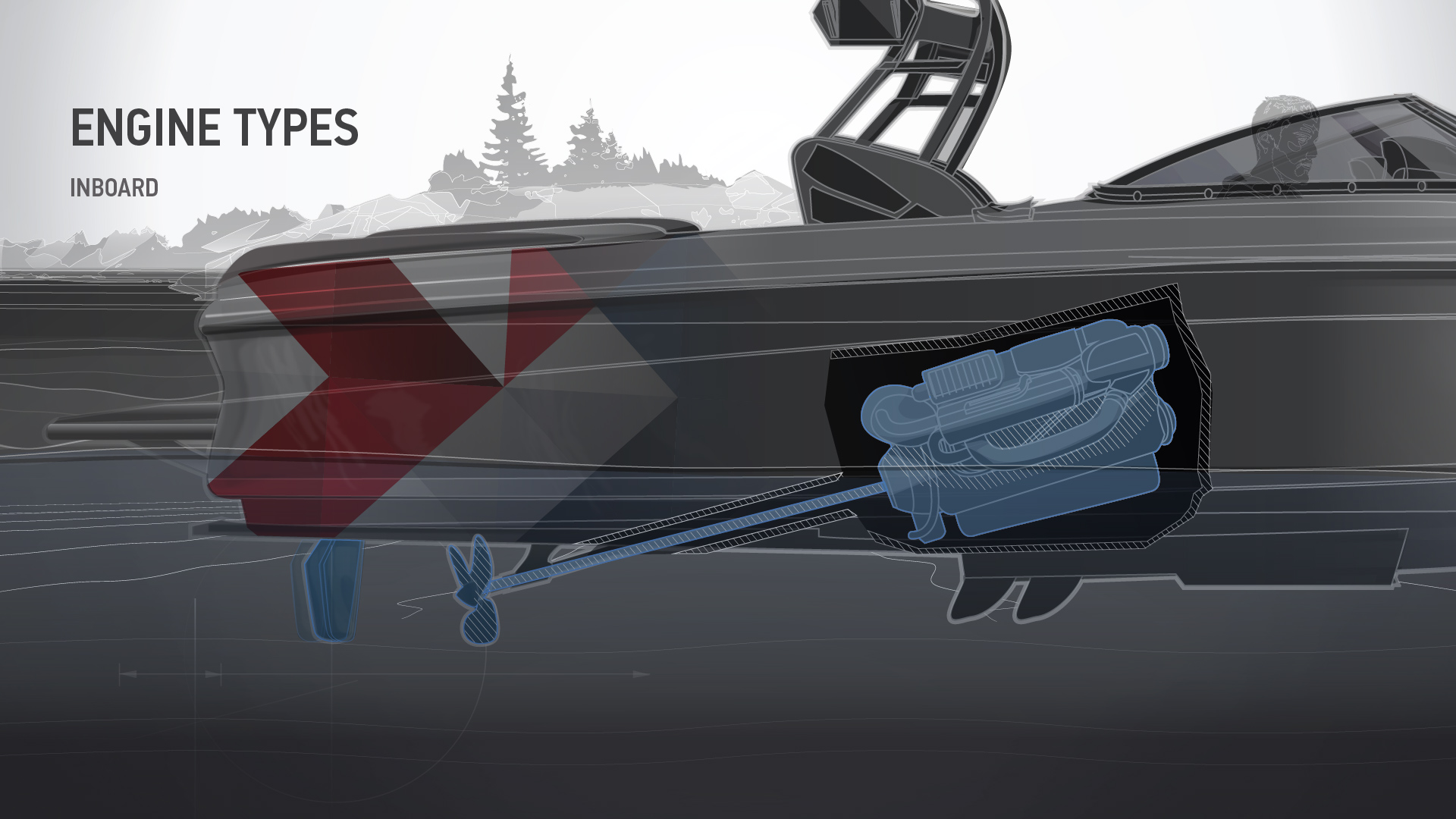
INBOARD ENGINE
With this engine, the motor and most of the drive assembly are inside the hull of the boat. Only the propeller and propeller shaft are outside of the hull. When the operator moves the steering wheel, a rudder attached at the stern changes the boat’s direction.
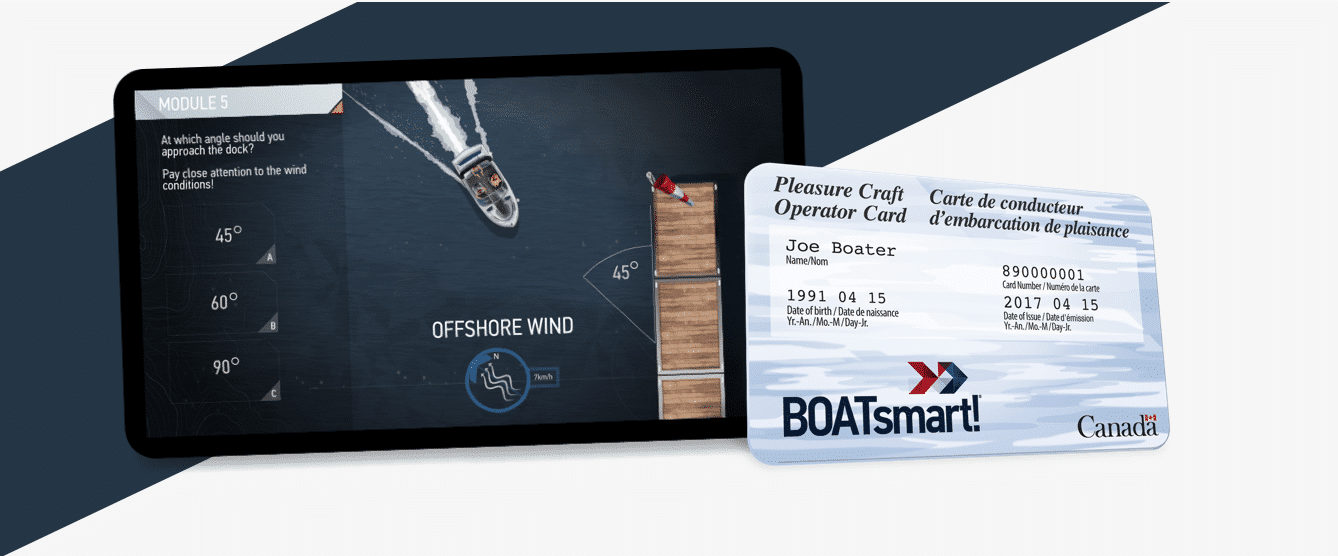
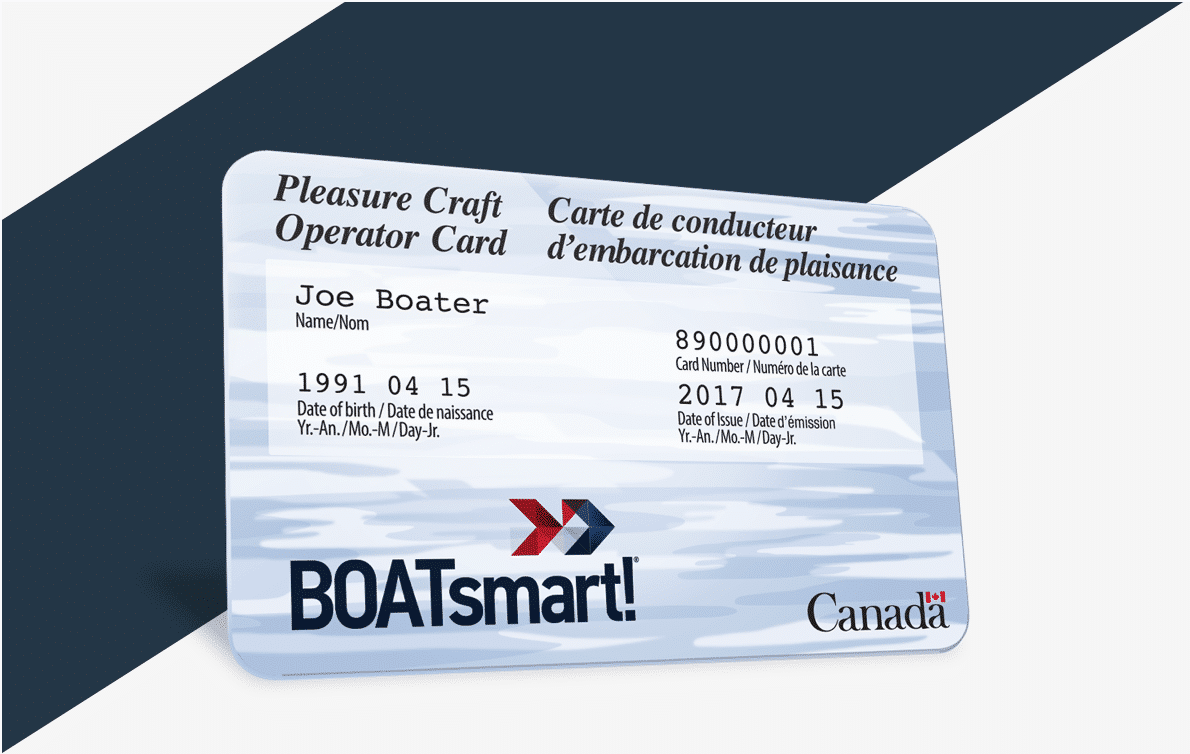
Get your Official Canadian
Boating License
The Official Transport Canada Boating Course, Test & License.
Get your Official Canadian
Boating License
The Official Transport Canada Boating
Course, Test & License.



